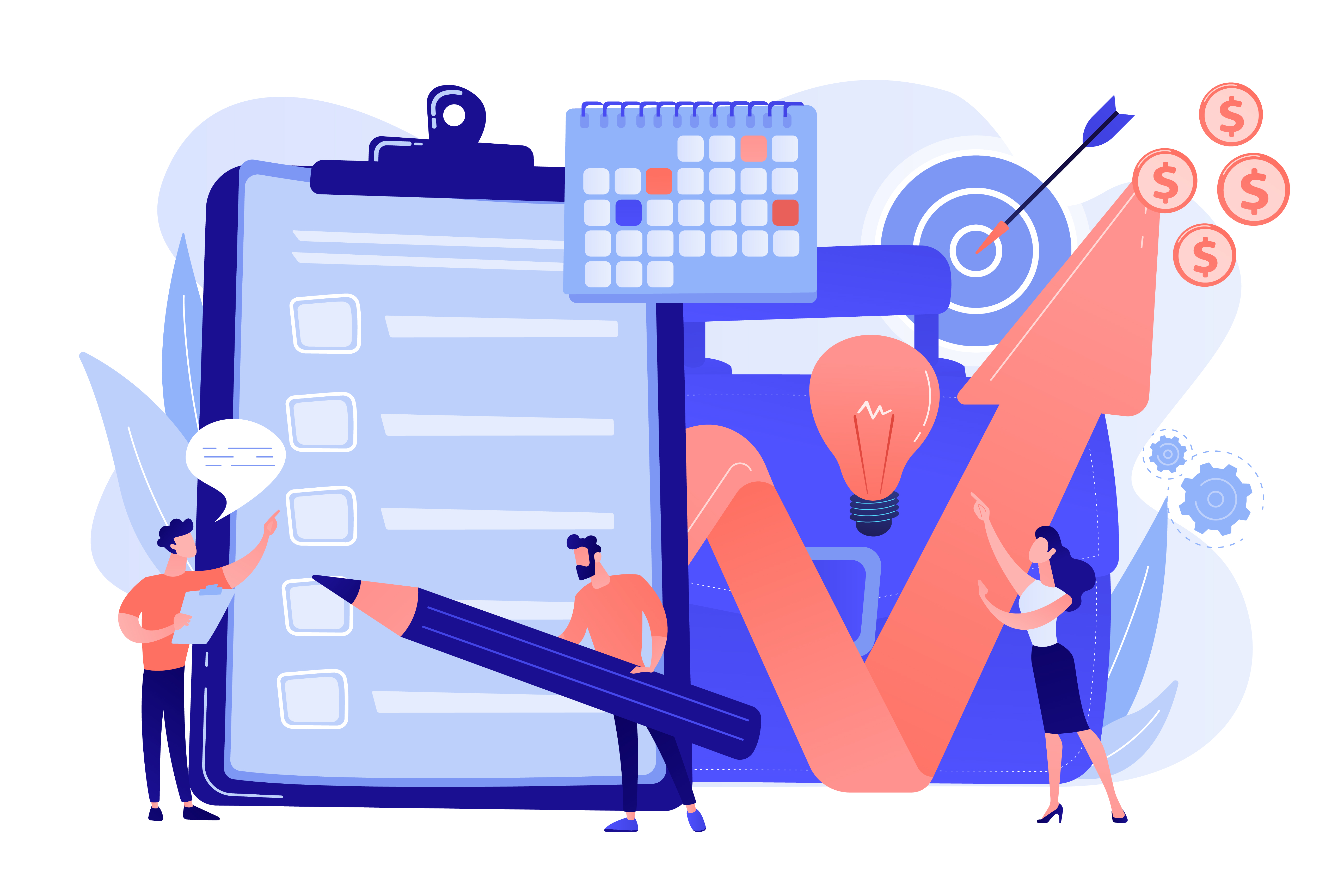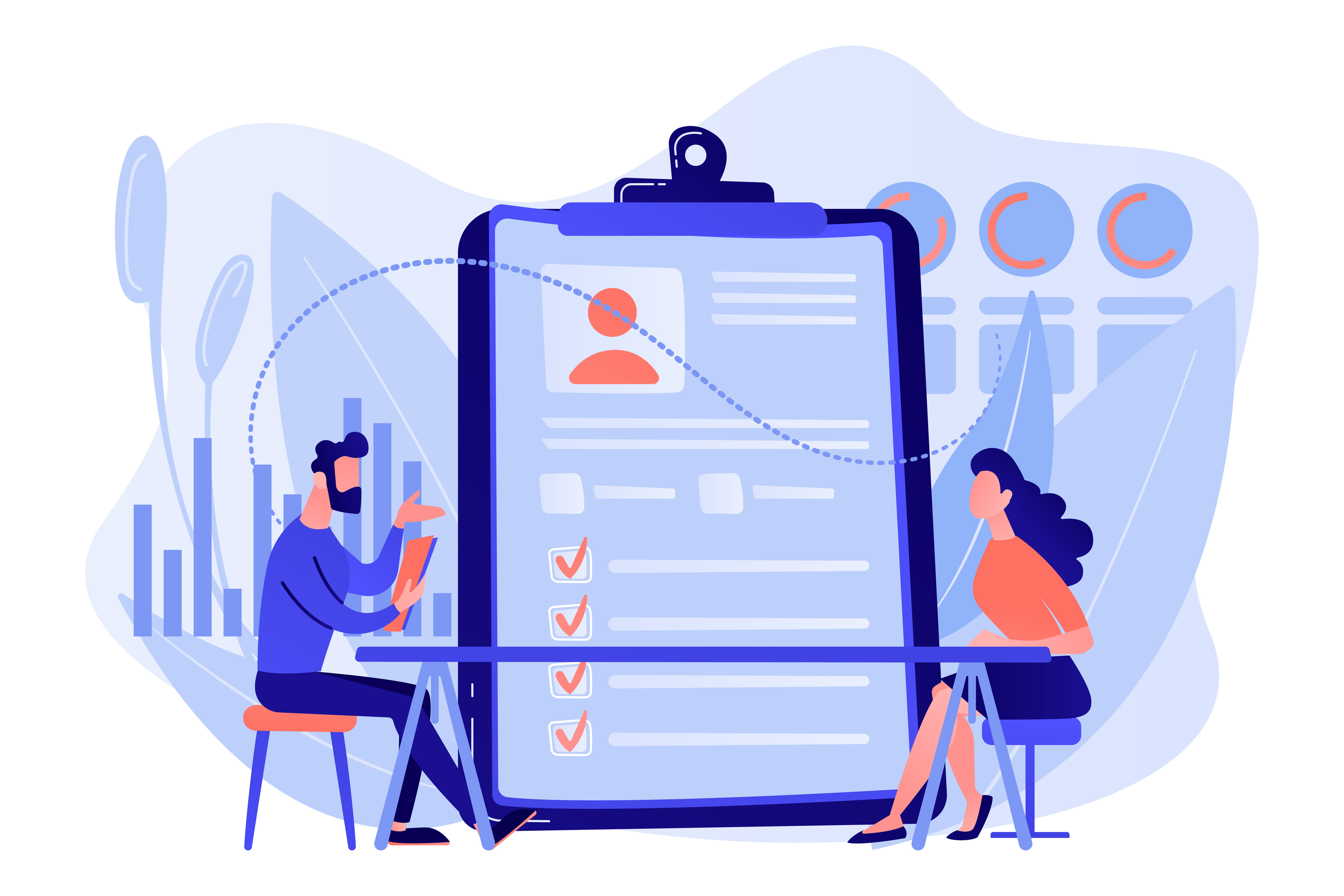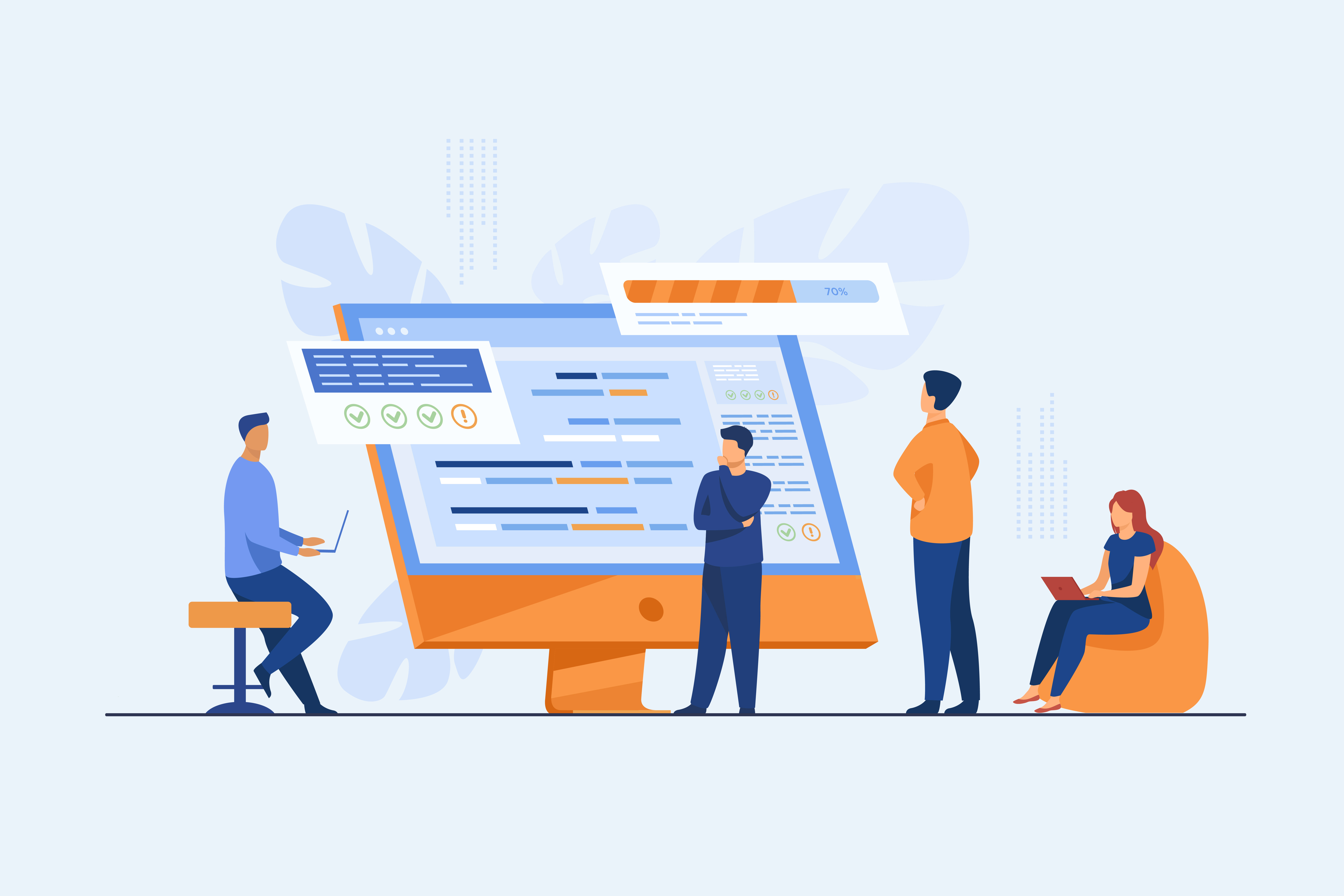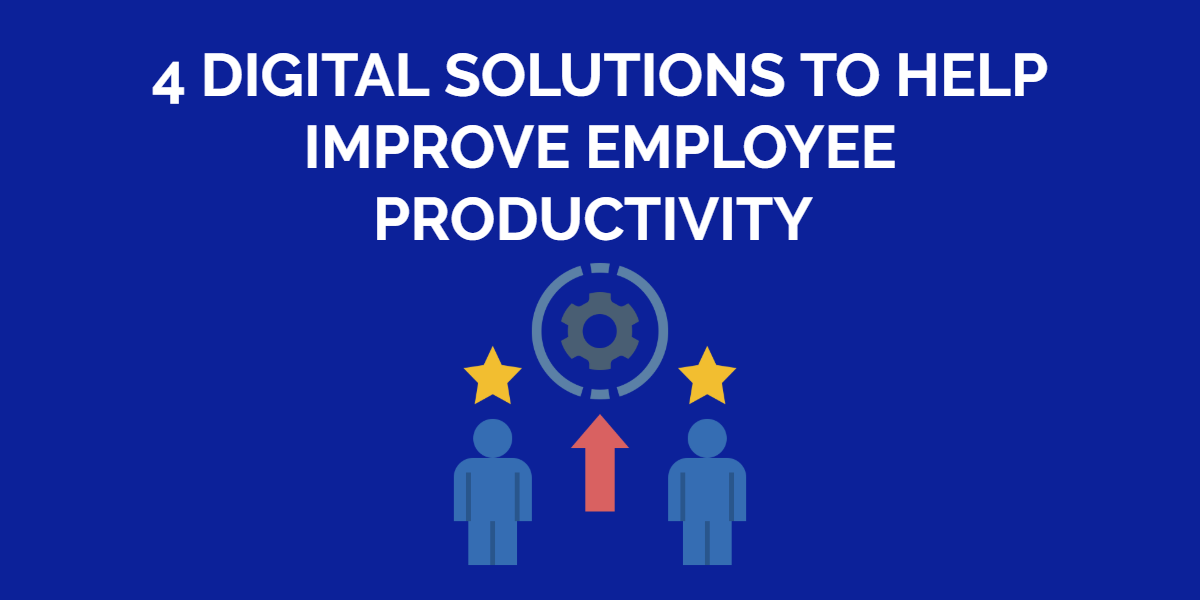Employee productivity in an organization impacts most, if not all, key business metrics, including revenue, operational cost, customer satisfaction and more. Improving your organization’s employee productivity is one of the most effective ways to improve the bottom line without depleting resources.
How to measure employee productivity
Employee productivity refers to the level of effectiveness and efficiency of the workers of a particular organization. An employee’s level of productivity is determined by their ability to optimize the use of work hours and produce better results in less time. It is best defined and measured by the metrics and methods that are unique to a particular organization.
Here are a few to get you started:
Set the baseline
To measure productivity accurately, you should start by developing baseline metrics that you can measure future productivity against. The baseline acts as a starting point to determine how much value your employees add to their department in reaching company goals.
You can set the baseline by dividing the achieved output for a regular workday by the number of employees within a particular department, team, or the entire organization. After achieving your starting baseline, it is important to communicate it to each team member along with the new goals and the strategies to reach them.
Measure tasks, not hours
The time spent on a task does not always directly impact the outcome, especially in a fluid workplace that integrates tangible and intangible tasks. This is why productivity should be measured according to specific tasks and their outcomes instead of hours worked. When evaluating productivity, try to keep specific employee tasks in mind.

Focus on individual performance
By tracking the performance of individual employees, you can get a bird’s eye view of overall employee productivity. Performance management involves collecting data through annual evaluations to differentiate the under-achievers from the high-performers. This helps business owners keep track of individual employee performance and address issues related to enhancing productivity.
Get the teams input
Include your employees in measuring productivity by allowing them to outline new goals and provide feedback. Empowering employees and offering motivation to enhance productivity will aid in the achievement of company goals and discourage turnover.
What impacts employee productivity?
While there are many factors, here are a few commons ones to be on the lookout for:
Employee attitude
The attitude of an individual employee has a significant correlation with their workplace performance and efficiency. This means if an employee enjoys their job, they will be dedicated to giving it their best.
An individual’s co-workers and managers also have a strong impact on their level of productivity. The bond and reliance between employees and employer/manager can yield various benefits in favor of the organization.
Unfavorable work environment
Work culture impacts an employee’s drive, mood, and performance. When employees are surrounded by unwelcoming co-workers, poor infrastructure, an uncomfortable seating arrangement, or working for difficult managers, they are highly unlikely to be productive.

Unsuitability for the job
Incompatible, unaware, and non-performing employees negatively impact workplace productivity and create difficulties for business owners. Considerations under which employees are hired can often differ from their result-driven performance. Organizations need to assess each candidate during the interview process carefully.
Lack of correct equipment and digital tools
In order for your employees to succeed at their tasks, they must be equipped with the best possible equipment and tools. As technology is continuously evolving, new digital solutions are emerging to help organizations maximize employee productivity.
This is specially the case with the growing popularity of the hybrid and remote work model. For example, organizations that deploy managed mobility enable remote employees to stay connected round-the-clock from any location.
Digital solutions that enhance employee productivity
To ensure maximum employee productivity in your organization, you have to consciously decide to invest in the right digital solutions and incorporate them into your core business strategy.
Here are some digital solutions that can significantly improve productivity:
1. Asset tracking software
Asset tracking software is used to manage fixed business assets and how employees access and use these to maximize benefits for the organization. Tracking software automates manual processes, freeing up employee time so they can focus on their key tasks and key deliverables. It improves efficiency and reduces the chance of human error while helping to manage large inventories across multiple locations or warehouses.
With full visibility into who has custody of which asset, you can establish a traceable line of accountability while managing access control and running reports to assess employee productivity levels.
Read more: 3 Ways Asset Tracking Software Improves Employee Productivity
2. Internal communication tools
With hybrid and remote work models gaining rapid popularity and more teams working from multiple locations, digital tools can ensure effective and instant communication between employees. Instant messaging apps enable team members across geographic locations and timelines to instantly connect via text or video and also easily share documents. Team members can also put up a status indicating their availability in real time improving internal communication.

3. Project management tools
A project management tool lets employees work more collaboratively while getting more done. It enables teams and individuals at different locations to prioritize and manage projects and lists in a flexible and simple manner. Employees waste less time tracking down documents required to complete tasks.
With all milestones and deadlines listed on a central platform, teams can stay in sync and improve efficiency. Some project management tools can be used for free, whereas others are paid for and packed with several features that can prove beneficial to small and large organizations alike.
Read more: 5 Neat Ways Equipment Maintenance Increases Employee Productivity
4. Cloud based time management tools
Cloud-based time management tools enable workers to track the time they spent on projects, tasks, and other deliverables. These are also an efficient way for supervisors to track workers who have punched in and out at work as well as who is currently working on which project.These tools are especially useful if you have employees who are working on hourly or daily contracts or have workers dispatched to multiple locations and job sites.
Manually managing a small team of employees and tracking overtime, absences, and hours on sheets is time-consuming enough but scaling with such a solution can help ease common problems including the correct calculation of payroll, overtime and PTO etc.
Ensure maximum rate of return with technology
Depending on how it is implemented, technology can either boost or impede an organization’s productivity. The challenge lies in enforcing it in a way that increases your employees’ performance. It all comes down to optimizing what’s available.
Hundreds of businesses are adopting digital solutions for their processes, asset management, and employee productivity to help them focus better on achieving their goals. If you are thinking of augmenting digital solutions for your organization, it would be best to train your employees to utilize and manage them to help speed up productivity.
About EZOfficeInventory
EZOfficeInventory is a leading asset tracking software. It allows you to track, maintain, and report on inventory from anywhere, at any time. We offer a free 15-day trial – no credit card required!







